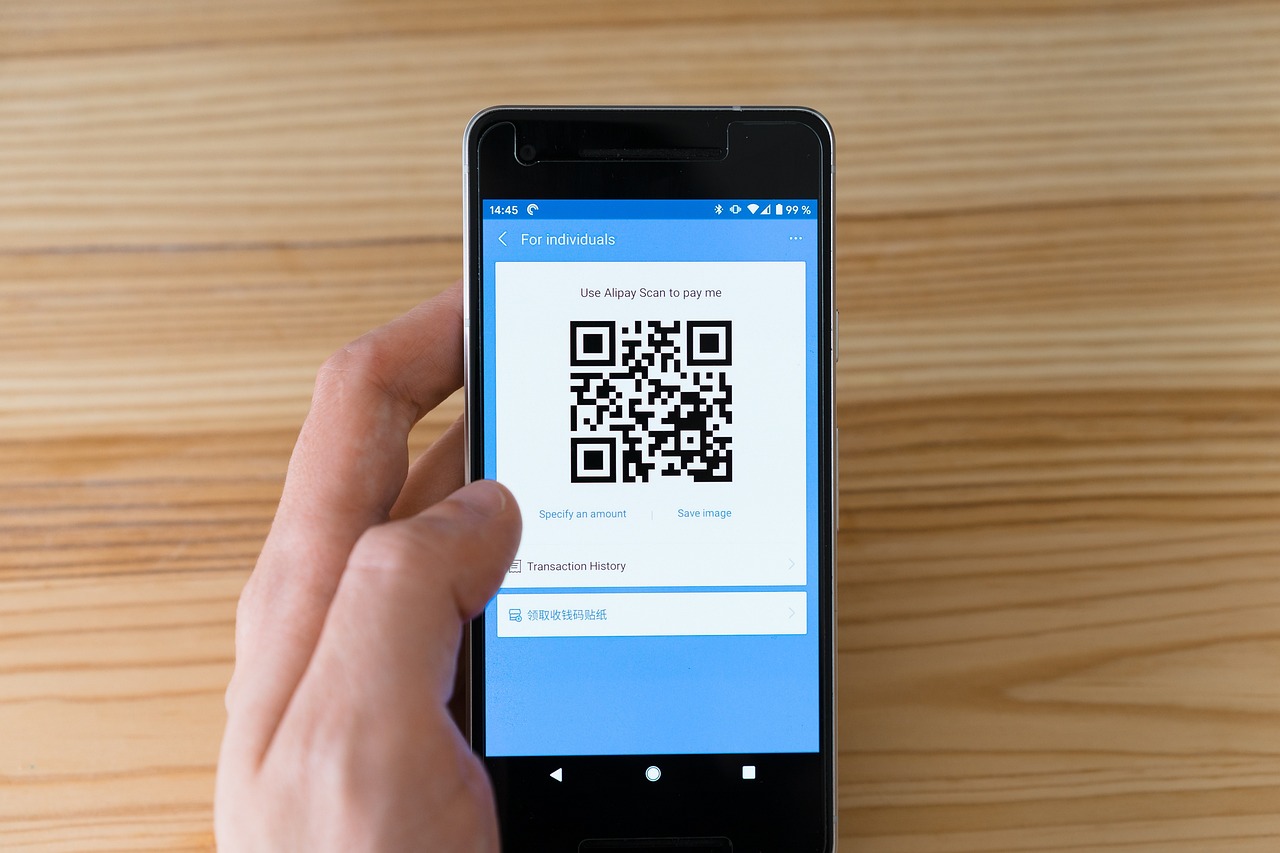India’s retail payments landscape is undergoing a rapid transformation, powered by an accelerating combination of aspirational consumers, smartphones, and seamless payment channels like the Unified Payments Interface (UPI). Multiple independent reports — from PricewaterhouseCoopers, the International Monetary Find (IMF), and the Reserve Bank of India (RBI) — confirm that India now leads the world in digital payment volumes.
Why adoption is accelerating
UPI’s features include seamless interoperability across devices, apps, and geographies, and near-zero cost structure. It's convenience has made it the default payment method for millions of Indians, boosting adoption and driving the opening of bank accounts across rural and urban segments alike. Alongside UPI, credit cards, Buy-Now-Pay-Later (BNPL), and mobile wallets are also expanding for high-value and cross-border payments.
According to PwC India’s Indian Payments Handbook 2025, India’s total digital transactions are projected to grow from 15,900 crore in FY 2023-24 to 48,100 crore by FY 2028-29, nearly a threefold increase. The total transaction value is expected to surge from ₹265 lakh crore to ₹593 lakh crore in the same period.
Data snapshot: India’s digital payments surge
Metric (Period) | Value/Estimate | Source |
| UPI monthly transactions (Sep 2025) | 1963.34 crore (~13.41 per person) | NPCI Product Statistics |
| UPI monthly value (Sep 2025) | ₹24.89 lakh crore (~₹17,000 per person) | |
| Banks live on UPI (Sep 2025) | 686 | |
| 2023-2024 total UPI transactions | 13,110 crore | Business Standard |
| 2024-2025 total UPI transactions | 18,580 crore (+41.7%) | |
| UPI share of non-cash retail payments (FY 25) | 83.4% | |
| Projected digital payment volume (2028-2029) | 48,100 crore (+3×) | PwC India |
| CAGR of digital payments (FY 21–25) | ~30% | |
| Projected digital payment value (2028-2029) | ₹593 lakh crore | |
| Peer-to-Merchant (P2M) share of UPI volume (July 25) | 63.63% | Economic Times |
Benefits: inclusion, efficiency, and compliance
Digital payments promote financial inclusion by enabling micro-transactions and onboarding small merchants. Interoperability across apps and banks has also simplified everyday commerce and reduced friction in business transactions.
Downsides: cyber risks and de-adoption fears
However, rapid digitisation brings rising cases of fraud, phishing, and data breaches. A KPMG report warns that as India’s financial digitization deepens, cyber-risks will become the biggest systemic threats. Some elderly and low-literacy consumers are reverting to cash, reflecting early signs of digital fatigue and trust gaps.
GST and taxation controversies
A study by Joseph and Ramalingam showed a strong correlation between digital transactions and higher GST revenue, proving that traceable money flows help curb tax evasion. GST officers have increasingly used digital trails to verify transactions, occasionally leading to over-zealous assessments.
Public anxiety spiked in mid-2025 after media speculation about possible GST on UPI transactions. The Ministry of Finance and PIB later clarified that no GST is levied on UPI payments themselves, though service charges by intermediaries remain taxable.
The road ahead
The next decade is likely to see AI-driven agentic payments, CBDC pilots, and cross-border UPI linkages transforming India’s payments stack. But technological progress is rarely linear: new disruptive ideas may emerge that are not foreseen today, catching governments and banks by surprise (just as cryptocurrency once did). Being prepared for surprises will be a good thing, as this year's Economics Nobel laureates showed.
Nevertheless, certain challenges that the establishment needs to meet remain agnostic of the actualy technology. The first is to balance transaction speed with data protection, in the light of galloping financial frauds. The second is to make payment inclusive for all, so as to avoid creating digital divides. If these challenges are managed well, India’s shift from cash to code could deliver both growth and governance gains — ensuring that the world’s largest digital payments network remains both secure and inclusive.
Keywords: digital payments India, UPI growth, India fintech 2025, GST and UPI, digital payment fraud, UPI transaction data, PwC payments forecast, RBI digital policy, CBDC India, fintech future trends.








